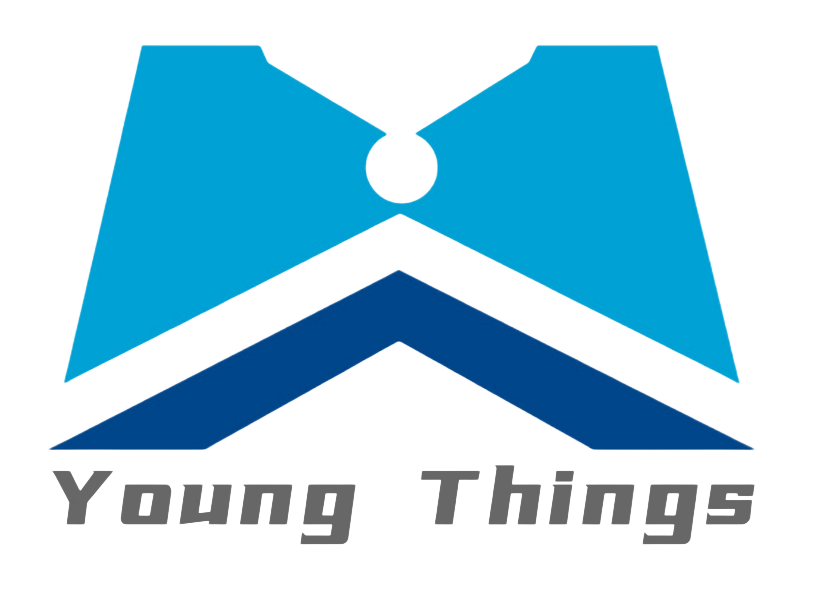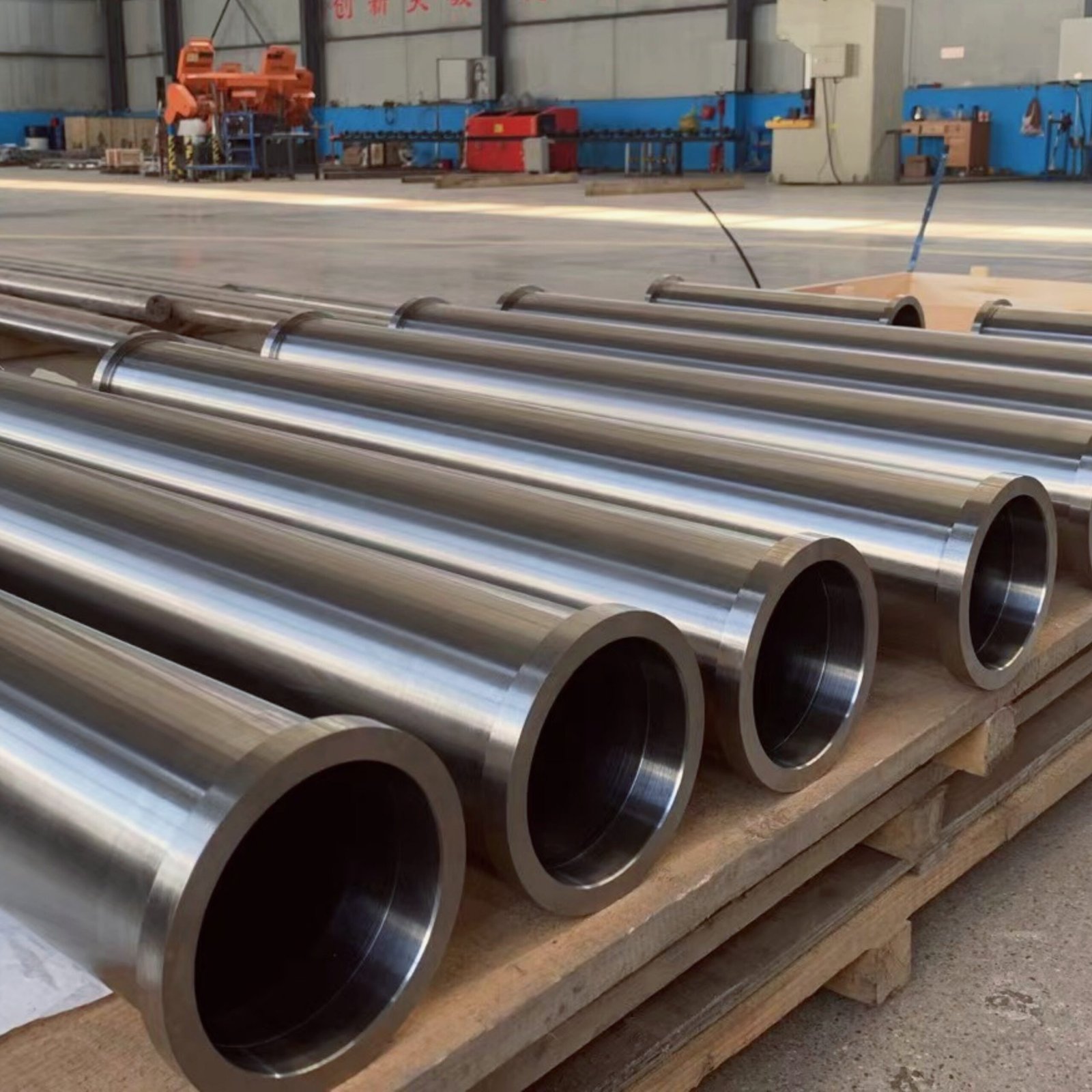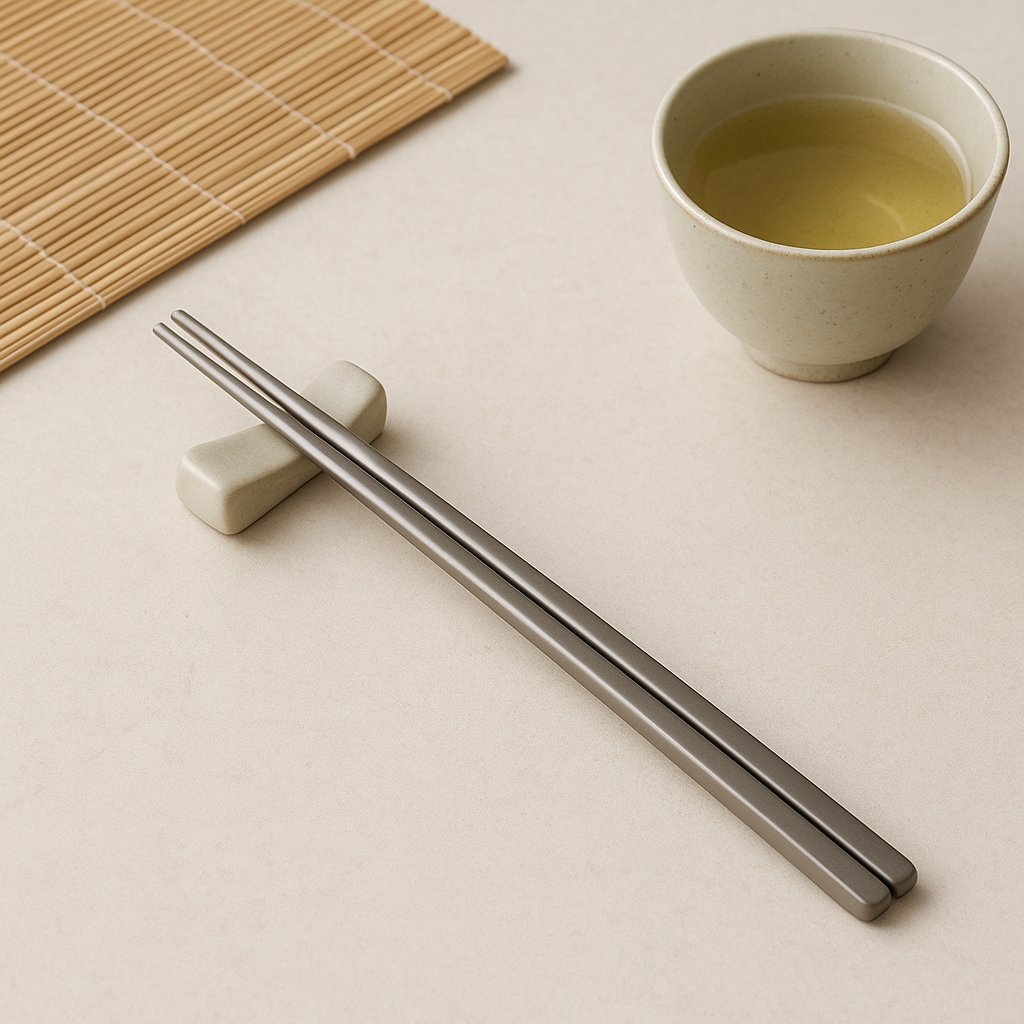Introduction: Titanium Welding in Real Manufacturing
As titanium continues to gain ground in industries such as aerospace, chemical processing, and medical equipment, its welding behavior becomes a topic of both curiosity and concern for engineers and manufacturers. Unlike conventional metals, titanium demands a meticulous approach during welding—because even small missteps can lead to major consequences. From thin-walled tubes in heat exchangers to large titanium shells, flanges, and custom fittings, welding plays a critical role in assembling high-performance titanium components. This article explores the practical challenges, proven techniques, and best practices of titanium welding, grounded in real product applications.
Key Welding Challenges with Titanium Materials
Titanium’s outstanding corrosion resistance and strength come with a price: extreme sensitivity during welding. When heated, titanium becomes highly reactive to oxygen, nitrogen, and hydrogen in the air. Even trace amounts of these gases can cause embrittlement or internal defects in the weld zone. What makes titanium welding particularly difficult is that such contamination often occurs invisibly—resulting in welds that look clean on the outside but are brittle or porous within.
This is especially critical when welding GR2 titanium pipes, GR5 plates, or GR12 pressure components, where weld quality affects long-term system integrity. Furthermore, titanium’s low thermal conductivity and high melting point create steep temperature gradients, increasing the risk of heat-affected zone (HAZ) issues. Add to that the differences between grades—pure titanium like GR2 is relatively forgiving, while alloyed materials like GR5 require stricter control—and it’s clear why titanium welding requires its own set of rules.
Common Welding Techniques and When to Use Them
Different titanium products call for different welding approaches. In most production settings, GTAW (Gas Tungsten Arc Welding)—commonly known as TIG welding—is the go-to process. It provides excellent control over heat input and shielding, making it ideal for titanium tube welding, sheet metal, and flange-to-pipe joints. In heat exchanger applications, TIG is widely used to join thin-wall GR2 or GR12 tubes to tube sheets or fittings.
For high-value or mission-critical parts such as aerospace enclosures, medical equipment housings, or titanium pressure vessels, Electron Beam Welding (EBW) is preferred. Performed in vacuum, it eliminates atmospheric contamination altogether and delivers deep, precise welds with minimal distortion.
Laser welding is gaining popularity for lightweight or precision assemblies—such as thin titanium valve bodies, small flanges, or custom fittings—where speed, cleanliness, and minimal deformation are priorities. Though costlier in setup, it provides high throughput and aesthetic finish for complex geometries.
Shielding Gas and Weld Purity: What Makes or Breaks It
Unlike most materials, welding titanium is not just about the arc—gas shielding is everything. A clean, inert atmosphere is critical during and immediately after welding, especially for thin-walled tubes or exposed structural joints. High-purity argon (≥99.999%) is standard, and any deviation in gas purity or flow can compromise weld strength.
For pipe welding, proper back purging is essential. The inner surface must be shielded from air to avoid oxidation, discoloration, or brittle microstructures. For open welds on flanges or shells, trail shields or custom gas boxes are often used to maintain argon coverage during cooling.
In production environments, weld color is a widely accepted quality indicator. A clean weld will range from silver to light straw or gold. Blue may be acceptable in non-critical applications, but purple, gray, or black surfaces usually indicate severe contamination and must be reworked or scrapped.
Joint Preparation and Weld Design in Practice
Good welds begin long before the arc is struck. For titanium parts, surface preparation is non-negotiable. All weld areas must be free from oil, oxide layers, fingerprints, and dust. Specialized stainless steel wire brushes—used exclusively for titanium—should be applied shortly before welding.
The design of the joint depends on the product. Titanium flanges are often welded with a beveled edge, while titanium shells may use U- or V-grooves. For thin tubes, maintaining a consistent butt gap and precise fit-up is critical to avoid undercuts or burn-through. Fixturing is commonly used to hold parts in place and minimize distortion during welding.
Testing and Inspection for Welded Titanium Products
Given the high-performance applications of titanium, welds must be validated through appropriate inspection methods. Ultrasonic Testing (UT) and X-ray Radiography are frequently used for titanium shells and critical structural welds, while dye penetrant testing works well for surface-level defect detection in flanges or tube-to-tube sheet welds.
In chemical-grade pipe systems, helium leak testing is sometimes performed to ensure weld integrity, especially where gas-tightness is critical. For projects involving international customers or high-risk applications, traceable records such as WPS (Welding Procedure Specification) and EN 10204 3.1 certificates are usually required.
Product-Based Welding Scenarios: What Works and Why
Let’s look at a few real-world cases. In heat exchanger production, GR2 titanium tubes are typically welded to tube sheets using TIG, with argon back purging to protect the internal surface. Welders use precise jigs to ensure alignment and full penetration without overheating the wall.
In medical equipment manufacturing, GR5 or GR23 titanium housings are often laser-welded or electron beam welded to maintain cosmetic appearance and structural accuracy, especially in compact, sensitive assemblies.
Titanium pressure shells, commonly made from GR12, may be TIG welded with segmented passes, followed by radiographic inspection and helium leak testing to confirm weld integrity under pressure.
Flanges and fittings, especially those used in seawater systems, are welded with tight control over arc length and heat input to preserve corrosion resistance. After welding, many customers require surface passivation or acid cleaning before packaging.
Summary: Weld Quality Is Product Integrity
Titanium welding is an art informed by science—and one that directly impacts the final product’s performance. Whether you’re producing heat exchangers, pressure components, or custom-machined housings, the way titanium is welded will determine how it performs in service.
For buyers and engineers, it’s important to choose suppliers who not only understand welding technology but also apply it consistently with strict process control. Look for partners who can offer not just a part, but full documentation, testing, and process transparency.
After all, in titanium fabrication, a good weld isn’t just a connection—it’s a commitment to quality.
Share this article
Written by : 钛合金网
Follow us
Table Of Content
- Introduction: Titanium Welding in Real Manufacturing
- Key Welding Challenges with Titanium Materials
- Common Welding Techniques and When to Use Them
- Shielding Gas and Weld Purity: What Makes or Breaks It
- Joint Preparation and Weld Design in Practice
- Testing and Inspection for Welded Titanium Products
- Product-Based Welding Scenarios: What Works and Why
- Summary: Weld Quality Is Product Integrity



